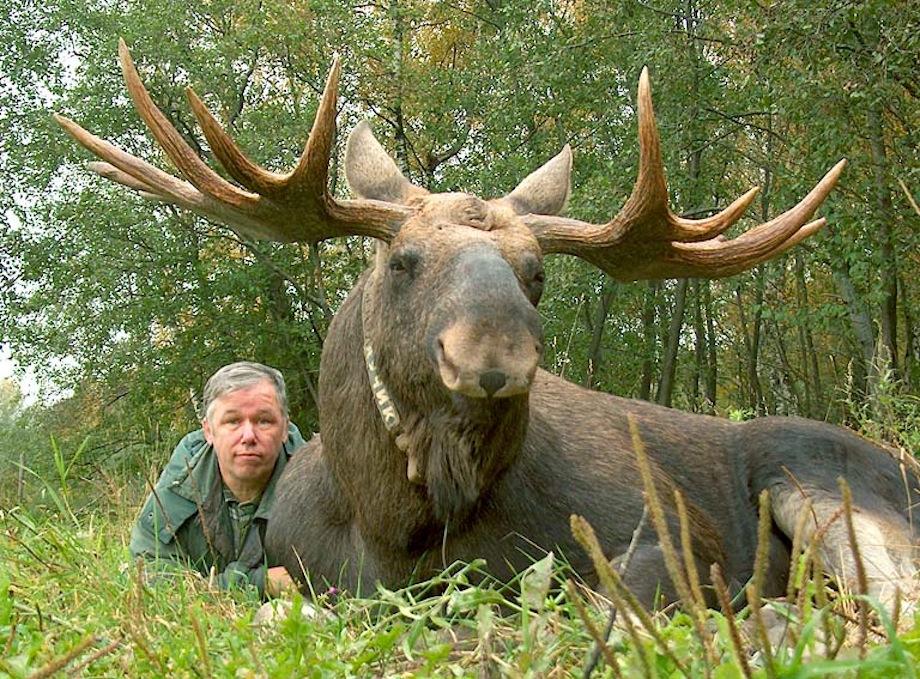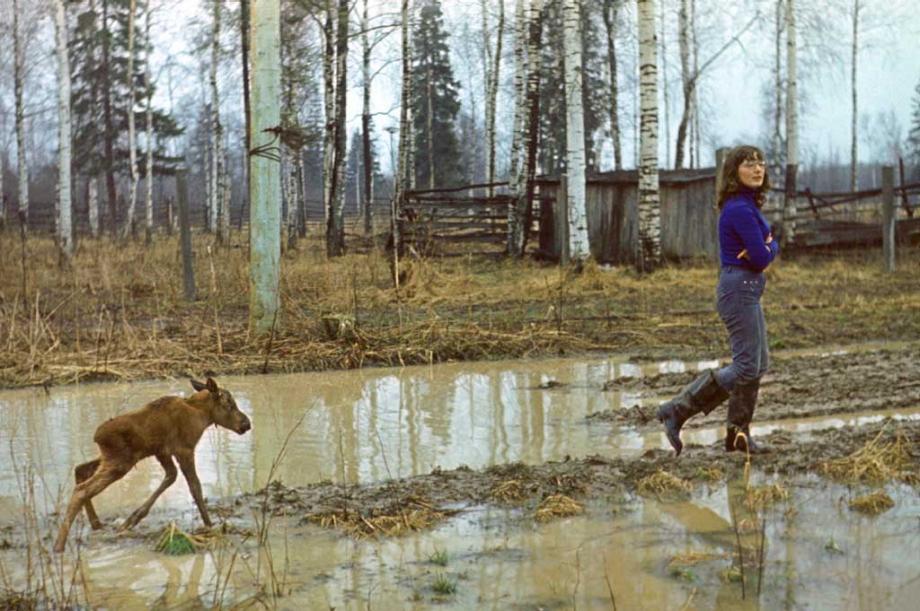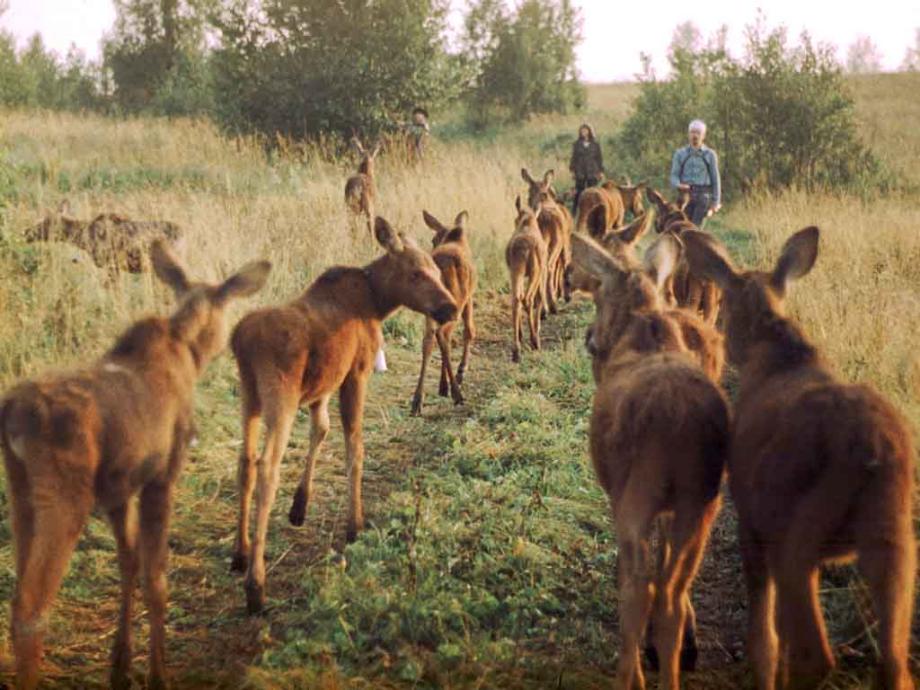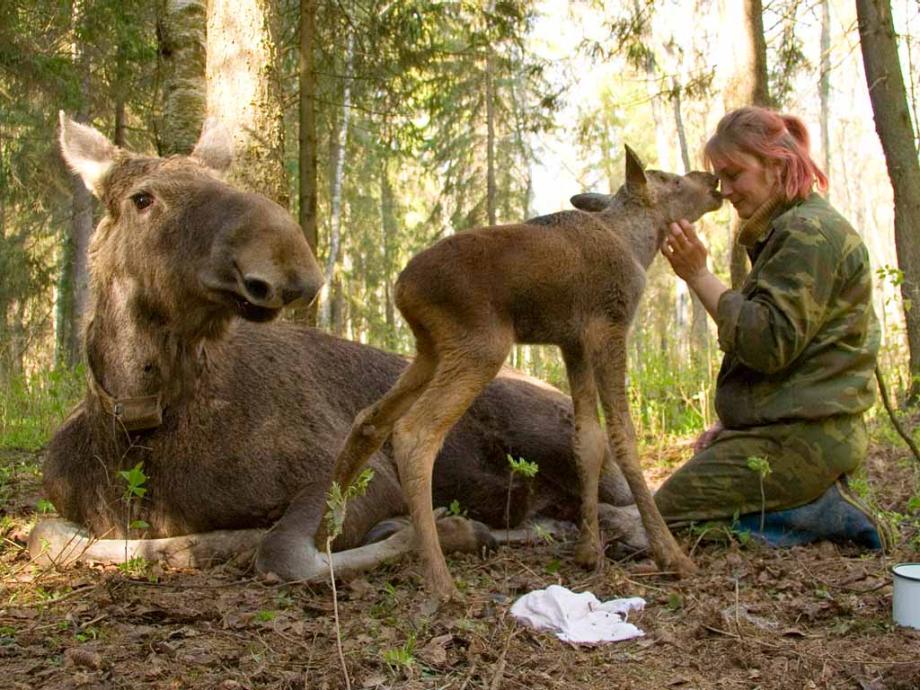Mooseback in the USSR: A Would-Be Communist Cavalry
Atlas Obscura on Slate is a new travel blog. Like us on Facebook, Tumblr, or follow us on Twitter @atlasobscura.
"Even the civilized Europe these days has failed to domesticate the moose, the animal that doubtlessly can be of great utility. Our government ought to apply all possible efforts toward the domestication of this animal. This is doable. The reward would be great, and so would be the glory."
These are the words of Russian zoologist Alexander von Middendorff to the czarist government of 1869. Middendorff was ahead of his time on the issue of moose domestication—no one paid him much attention until four decades after his death, when the Soviet Union revived the idea in the early 1930s.
Large, strong, and agile in snow, moose seemed like the perfect fit for the Communist cavalry. However with the onset of the Soviet–Finnish war in 1939 followed closely by WWII, the entire idea of a calvary was abandoned. Though military moose training operations came to a halt, the efforts to domesticate the animals continued.
Moose were trained as pack and passenger animals, fattened up on a steady diet of scraps from the timber industry, milked, and slaughtered for meat. While it turned out these gentle giants could be milked as easily as cows, raising them for meat proved more complicated. Moose became sick if penned and were not led easily to slaughter. Efforts to train and control the moose were eventually abandoned in favor of a gentler ranching style approach. Instead of being slaughtered for meat, which was dangerous and prohibitively expensive, moose were allowed to roam free.
Today Kostroma Farm in Russia carries on the moose ranching and breeding program. Opened in 1963 with just two calves, Kostroma Farm has been home to 842 moose as of 2008. Initially under the umbrella of various scientific and agricultural agencies, the farm is now independent. Its official name is Sumarokovo Moose Farm, State Budget Scientific Research Institution of the Kostroma Region.
Today the farm’s primary functions are the production of moose milk (sold to the nearby Ivan Susanin Sanatorium for use in the treatment of ulcers and radiation lesions), the harvesting of moose antler velvet for pharmaceutical purposes, and as a tourist attraction. The farm is located near the village of Sumarokovo, approximately 16 miles east of the city of Kostroma.
More photos of the Kostroma Moose Farm can be seen on Atlas Obscura.
Living alongside us:
More photos of the Kostroma Moose Farm can be seen on Atlas Obscura.
View Kostroma Moose Farm in a larger map




